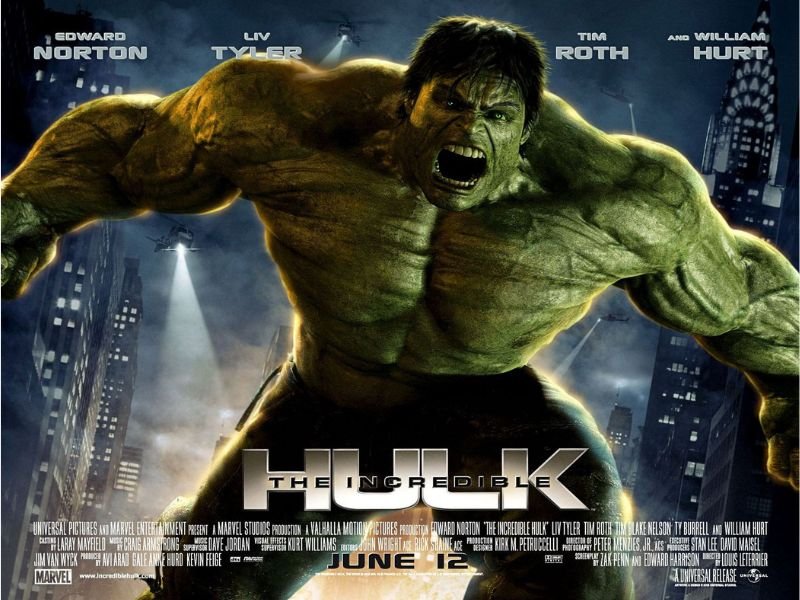In the realm of superhero cinema, few characters possess the raw power and emotional complexity of the Hulk. Created by Stan Lee and Jack Kirby, this iconic Marvel Comics character has captivated audiences for decades with his towering presence and inner turmoil. And in 2003, director Ang Lee brought the green goliath to life in a bold and ambitious adaptation simply titled “Hulk.”
A Tale of Science and Anguish:
Ang Lee’s “Hulk” is not your typical superhero film. Eschewing the straightforward action-packed formula often associated with the genre, Lee opts for a more introspective and psychologically driven approach. At its core, “Hulk” is a character study, delving deep into the psyche of Bruce Banner (portrayed by Eric Bana), a brilliant scientist grappling with the consequences of a tragic experiment gone wrong.
The film begins with Bruce Banner working as a researcher alongside his girlfriend, Betty Ross (played by Jennifer Connelly), at a genetics lab. Through a series of flashbacks and revelations, we learn about Bruce’s tumultuous childhood and the trauma that haunts him to this day. When an experiment involving gamma radiation goes awry, Bruce finds himself transformed into the monstrous Hulk whenever his emotions run high.
A Visual Spectacle:
One of the most striking aspects of “Hulk” is its visual style. Ang Lee, known for his innovative approach to filmmaking, employs a variety of techniques to bring the comic book aesthetic to life. From split screens and panel transitions to dynamic use of color and composition, the film feels like a living, breathing comic book come to life.
The depiction of the Hulk himself is a marvel of CGI technology for its time. Standing over nine feet tall and possessing superhuman strength, the Hulk is a force of nature, rendered with impressive detail and nuance. Each thunderous footstep and earth-shaking roar serves as a testament to the incredible advancements in visual effects that made the film possible.
Exploring Themes of Identity and Control:
At its heart, “Hulk” is a story about identity and control. Bruce Banner’s struggle to contain the raging beast within mirrors the internal conflicts we all face. His journey is one of self-discovery and acceptance, as he learns to harness his powers for good while confronting the demons of his past.
The film also explores themes of parental responsibility and the consequences of scientific hubris. Bruce’s fraught relationship with his father, played by Nick Nolte, adds another layer of complexity to the narrative, highlighting the generational trauma that shapes his character.
A Divisive Reception:
Despite its bold artistic choices and compelling performances, “Hulk” received a mixed reception upon its release. Some praised its ambition and visual flair, while others criticized its pacing and narrative structure. Nevertheless, the film has developed a cult following over the years, with many appreciating its willingness to subvert genre conventions and explore the deeper emotional dimensions of its protagonist.
A Legacy of Innovation:
While “Hulk” may not have achieved the same level of commercial success as other superhero blockbusters of its time, its impact on the genre is undeniable. Ang Lee’s bold vision paved the way for future filmmakers to push the boundaries of what superhero cinema could be, inspiring a new generation of storytellers to explore the rich tapestry of human experience hidden beneath the spandex and superpowers.
As we look back on “Hulk” nearly two decades later, we’re reminded of the enduring power of the Hulk as a symbol of inner strength and resilience. And while the character may continue to evolve and transform in the years to come, his legacy as a cinematic icon remains as indomitable as ever.








